UP TO THE MINUTE
Staying Compliant With Stairs and Ladders
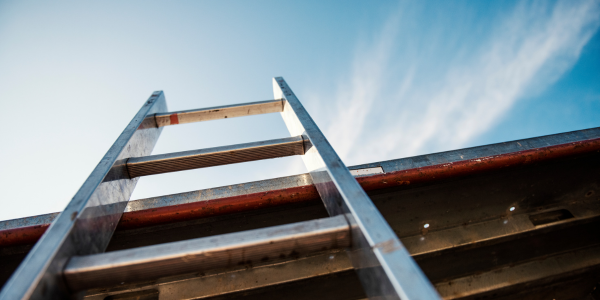
By John Kenney, Cotney Consulting Group.
Here are the proper safety procedures for stairs and ladder safety on construction job sites.
Construction workers face the risk of falls from stairs and ladders almost every day, and while many of these falls do not result in injury, a significant number do. Even a fall from less than six feet can be fatal. Therefore, all construction job sites must follow proper safety procedures for stairs and ladders to prevent such accidents from occurring.
OSHA 29 CFR, Part 1926, Subpart X: Stairways and Ladders provide comprehensive guidelines for preventing fall hazards associated with stairs and ladders on construction sites. According to these guidelines, whenever there is a 19-inch increase in elevation, a stairway or ladder must be provided for worker access. All-access points must be kept clear of any obstructions.
Falls are the primary hazard associated with stairs, causing injuries and fatalities among construction workers. Stairs consist of risers, treads, landings, and hand and stair rails. Installing stairs at an angle between 30 and 50 degrees and maintaining uniform riser height and tread depth with less than 1/4-inch variation is essential. Stair rails, which are vertical barriers on the open sides of stairs, should consist of a handrail, mid-rail, and uprights spaced along the length. The handrail should be a single rail fastened to the wall between 38 and 42 inches above the tread for the entire length of the stairway, providing employees with a handhold for support.
Landing must be provided every 12 feet from the ground. Stairway landings must be at least 30 inches deep and 22 inches wide, and guardrail systems must be installed on those open sides of platforms with a swinging door to protect from potential falls of six feet or more. Slippery stairs are a common danger caused by dirt, snow or water; therefore, such conditions should be corrected as soon as they are found. Stairway parts must be kept free of projections that can cause injuries or snag clothing. It is crucial to building stairs and platforms to standard and fasten them properly to prevent weakening or failure. Neither stairs nor platforms should be used to store tools or materials.
Various types of ladders are available for different purposes, including portable and fixed ladders. The correct ladder should be selected based on the worker's weight and the weight of everything being carried up and down the ladder. Ladders must support four times the maximum expected load, and manufacturers rate them accordingly. Ladders are made of wood, metal and fiberglass, and when working with electricity, a non-metallic ladder must be used to reduce the risk of electric shock.
Double cleated ladders are used on construction sites for entry or exit when 25 or more employees are working simultaneously. Ladders must be used for their intended purpose, and certain practices should be avoided, such as tying ladders together to make longer sections or placing ladders on top of things to gain extra height. The ladder should be placed at an angle with the foot away from the wall, and the side rails should extend at least three feet above the upper landing surface. Portable ladders should be inspected before each use, and those with visible defects should be removed from service and labeled with "Do Not Use."
Ladders should only be used on stable and level surfaces, and if not secured, they should be attached to a fixed object to prevent accidental movement during work. The area around the top and bottom of the ladder should be kept clear and free of slipping hazards. Workers must face the ladder when climbing and should use three points of contact while climbing, ensuring that they do not carry objects or loads that could cause them to lose balance. Fixed ladders longer than 24 feet must be equipped with a ladder safety device or self-retracting lifeline and require a rest platform every 150 feet or less, a cage or well, and multiple ladder sections not more than 50 feet in height.
Proper training is critical for workers to use stairs and ladders safely. The training should help workers understand the causes of falls and the proper selection, use, placement, and care of ladders. Workers should also know how to erect, maintain and disassemble a ladder and the maximum intended load-carrying capacities of ladders. A competent person should conduct the training before a worker uses a ladder to help identify risks and take necessary steps to prevent hazards from causing an accident.
Stairs and ladders are essential tools for construction workers, enabling them to work at heights necessary to build a building at all levels. However, these tools also put workers at risk of falls. Properly building and using stairs and ladders eliminates hazards, and workers must be trained to ensure that they use ladders correctly. Further information on OSHA's requirements for stairways and ladders can be found in OSHA Publication 3124, which outlines various things workers can do to prevent falls, and is available at http://www.osha.gov/Publications/osha3124.pdf."
Learn more about Cotney Consulting Group in their Coffee Shop Directory or visit www.cotneyconsulting.com.
About Cotney Consulting Group
Unlike other “business” consultants, Cotney has 65+ years’ experience solving the problems of roofing companies. With real experience running 8-figure, multi-million dollar companies, our consultants did not learn about business consulting from a book — we have experienced the same problems that you have, solved them and moved on to create a storied history of success. We can share our experiences with you and help you achieve success. Learn more at www.cotneyconsulting.com.

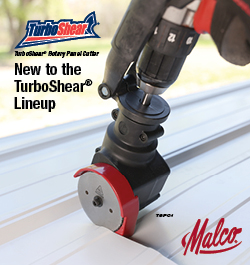










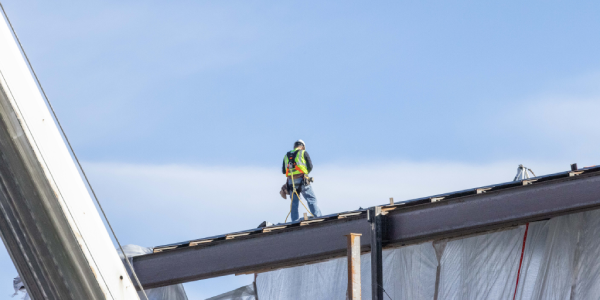
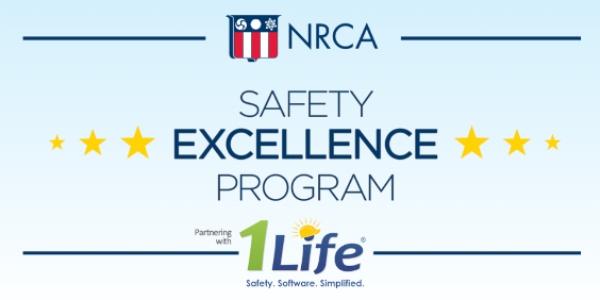
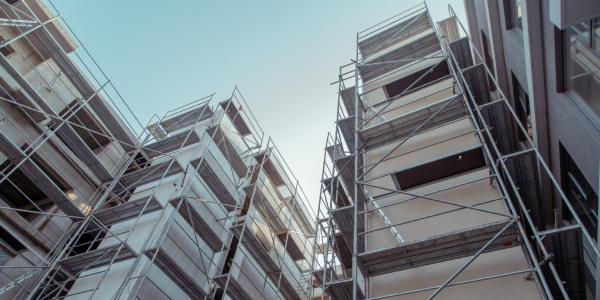






Comments
Leave a Reply
Have an account? Login to leave a comment!
Sign In